The Fed will print whatever it takes – what does that mean for markets?
Jerome Powell, chair of the US Federal Reserve, has vowed to keep pumping money into the economy for as long as it takes to get America back on its feet. John Stepek explains what that means for your investments.

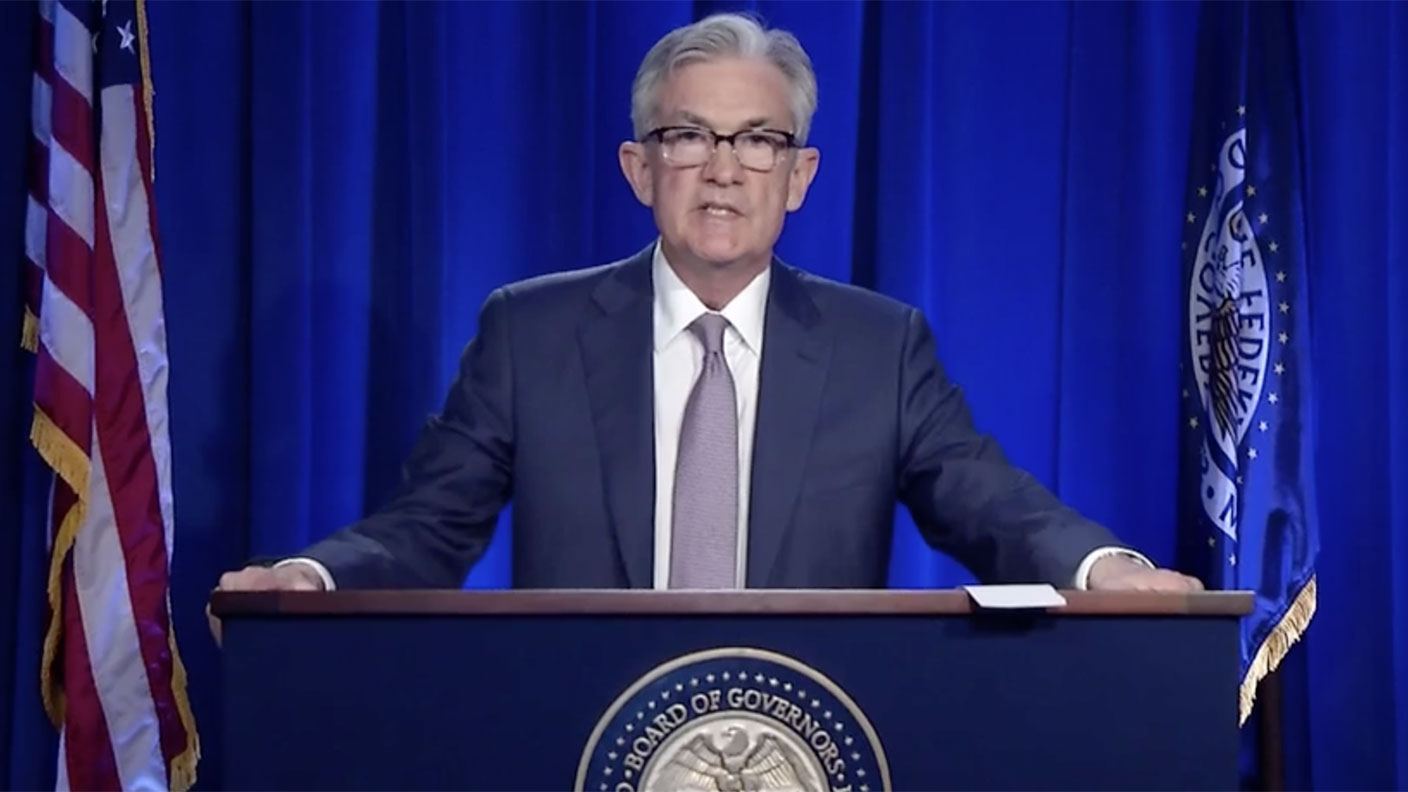
The Federal Reserve – the US central bank – gave its latest verdict on markets, monetary policy, and the economy last night. Some had been a tiny little bit concerned that the surprisingly good jobs data from last month would have blunted the Fed’s commitment to loose monetary policy.
Not a bit of it. Here’s Fed boss Jerome Powell, disabusing anyone of that notion: “We’re not even thinking about raising rates. We are strongly committed to using our tools to do whatever we can for as long as it takes."
So what does that mean for markets?
MoneyWeek
Subscribe to MoneyWeek today and get your first six magazine issues absolutely FREE

Sign up to Money Morning
Don't miss the latest investment and personal finances news, market analysis, plus money-saving tips with our free twice-daily newsletter
Don't miss the latest investment and personal finances news, market analysis, plus money-saving tips with our free twice-daily newsletter
The Fed couldn’t have been any more dovish
The Federal Reserve was as dovish (ie, as committed to loose monetary policy) as it possibly could be last night.
Jerome Powell, Fed governor, made it very clear that its main focus is employment. “We’re tightly focused on our real economy goals and we’re not focused on moving asset prices in a particular direction at all.”
In fact, he went even further than that. In the Q&A after his video presentation, Bloomberg journalist Michael McKee put a few pertinent questions to Powell, asking – to paraphrase – how the Fed’s money printing might lead to capital misallocation, and potential higher inequality in the “real” world.
Powell basically argued that there’s no way that the Fed would hold back from stimulus simply because there was a concern that asset prices were too high. “We’re supposed to be pursuing maximum employment and stable prices, and that’s what we’re pursuing.”
To my mind, that’s pretty clear. Powell – like all his predecessors – is not in the business of worrying about bubbles. Indeed, if necessary, he’ll accept them as a side effect of keeping the economy going.
Now, my issue with this is that I don’t think it does keep the economy going. I think it’s extremely disruptive, and I think that one of the main reasons we’ve ended up in the present situation is that we’ve relied on central banks to paper over structural problems rather than addressing them head on. Serial bubble-blowing is not the basis for a healthy economy (or a healthy society).
But that’s a bit beside the point. What matters is not what I believe, but what Powell believes. He’s the man with his finger on the printing press. And because the Fed really only has two settings – pump money in or pull money out – then he’s going to keep pumping money in until people start begging him to tighten up. And that won’t happen until shop prices are rising at a rate north of 5% a year.
My colleague Merryn had a chat with hedge fund manager Hugh Hendry on the podcast the other day. Hugh is sceptical on the ability of the Fed to drive inflation higher. He echoes economist Richard Koo’s point that the Fed essentially has to convince investors that it is entirely irresponsible and couldn’t care less if inflation takes off. (You really should listen if you haven’t already).
The thing is, I’d say that Powell is going some way to giving the impression that he couldn’t care less. So maybe the whole “be less responsible” message is getting through.
Markets face two big risks now
So how did markets react? The tricky thing is, the market has come so far and the Fed has already been so dovish that it’s hard to give investors a big surprise on that front. There are only so many “big bazookas” you can pull out before it all starts to look a bit farcical.
That said, while the US dollar took a breather, it didn’t rocket higher (which is a good sign for the “risk-on”, bullish investor). And while markets paused somewhat, that’s not surprising given how far they’ve come in such a short space of time.
To me, there are two big risks now. One is that concerns about a second wave are mounting. We’ve seen new cases rising in Texas, Florida and California. That’s a big worry of course, because the V-shaped rally is based on the near-V-shaped recovery which has no chance of happening if we have to lock down again.
The other big risk is that European cooperation over the coronavirus fiscal rescue package collapses or results in a much less impressive deal than markets are currently hoping for. I think there may be a little too optimism baked in on that front for now, and I can see an upset on that front being a trigger for markets to take a deeper correction.
What should you do about that? Nothing you haven’t been doing already. As I’ve been saying for ages now, the main reason to understand what’s going on is so that you don’t get freaked out or panicked by events, which in turn means you stick to your plan and don’t do anything stupid.
So markets might well take a breather – or they might carry on regardless. But what I will say is that in the longer run (and when I say longer run, I really don’t mean decades – I’m thinking many months rather than many years) this will lead to inflation. I think the Fed’s statement last night merely confirms that I’m right to think that.
I’ve delved more deeply into why inflation is more likely to get traction this time, when it failed to do so post-2008, in the latest issue of MoneyWeek magazine, which is out tomorrow. Better yet I’ve suggested some funds and shares that might benefit from said inflation. If you’re not already a subscriber, I suggest you sign up to get your first six issues free now.
Get the latest financial news, insights and expert analysis from our award-winning MoneyWeek team, to help you understand what really matters when it comes to your finances.
John Stepek is a senior reporter at Bloomberg News and a former editor of MoneyWeek magazine. He graduated from Strathclyde University with a degree in psychology in 1996 and has always been fascinated by the gap between the way the market works in theory and the way it works in practice, and by how our deep-rooted instincts work against our best interests as investors.
He started out in journalism by writing articles about the specific business challenges facing family firms. In 2003, he took a job on the finance desk of Teletext, where he spent two years covering the markets and breaking financial news.
His work has been published in Families in Business, Shares magazine, Spear's Magazine, The Sunday Times, and The Spectator among others. He has also appeared as an expert commentator on BBC Radio 4's Today programme, BBC Radio Scotland, Newsnight, Daily Politics and Bloomberg. His first book, on contrarian investing, The Sceptical Investor, was released in March 2019. You can follow John on Twitter at @john_stepek.
-
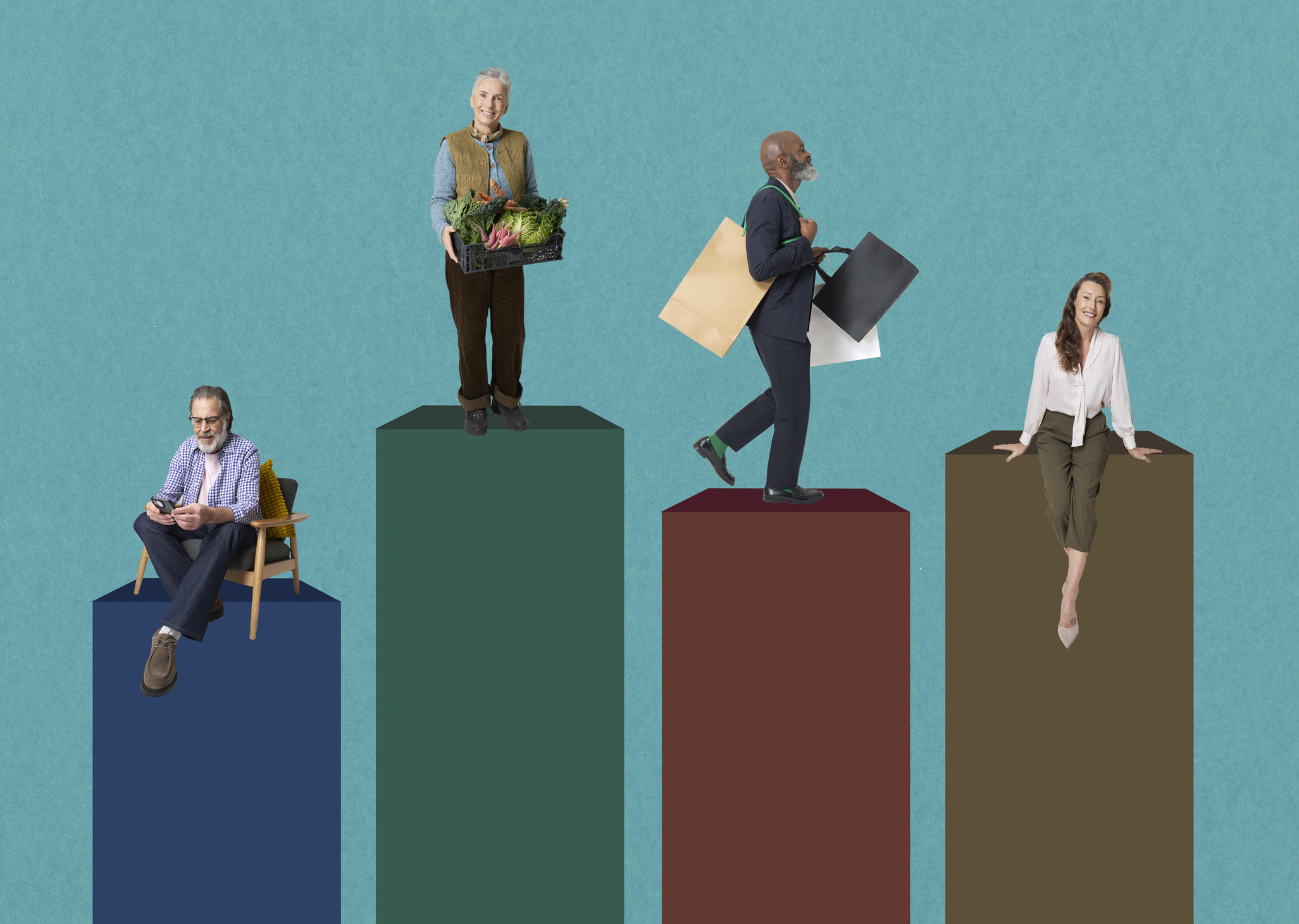 What are my retirement income options?
What are my retirement income options?We’re all told to save into a pension, but there’s widespread confusion about how to take an income from our savings and investments at retirement, a new study has found. We look at your retirement income options.
-
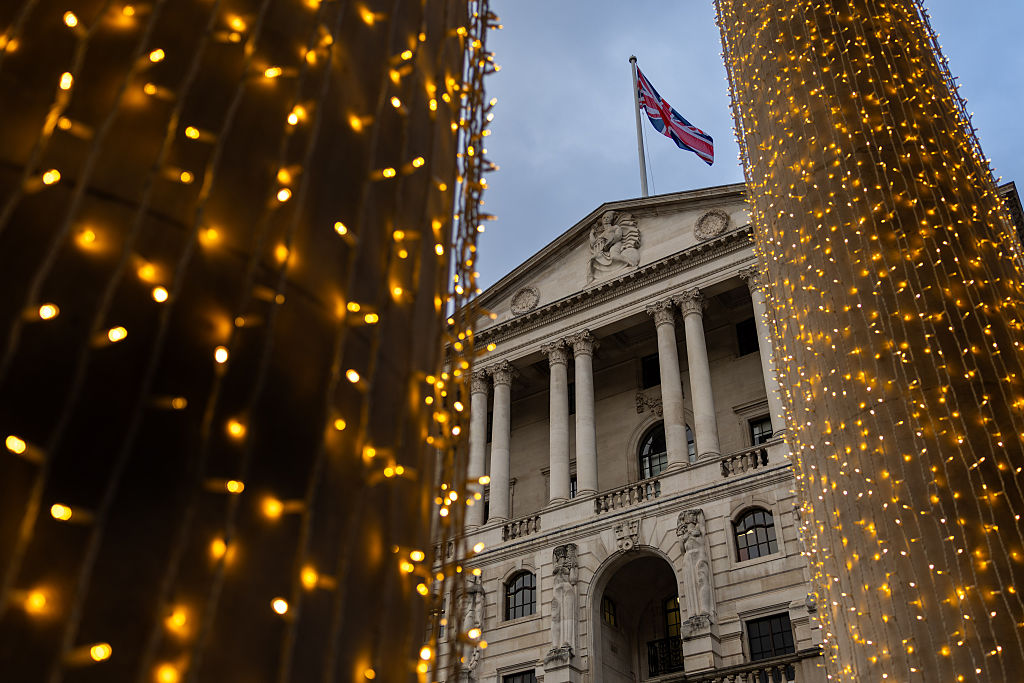 UK interest rates: Bank of England lowers rates to 3.75%
UK interest rates: Bank of England lowers rates to 3.75%The Bank of England’s Monetary Policy Committee (MPC) has cut interest rates from 4% to 3.75%
-
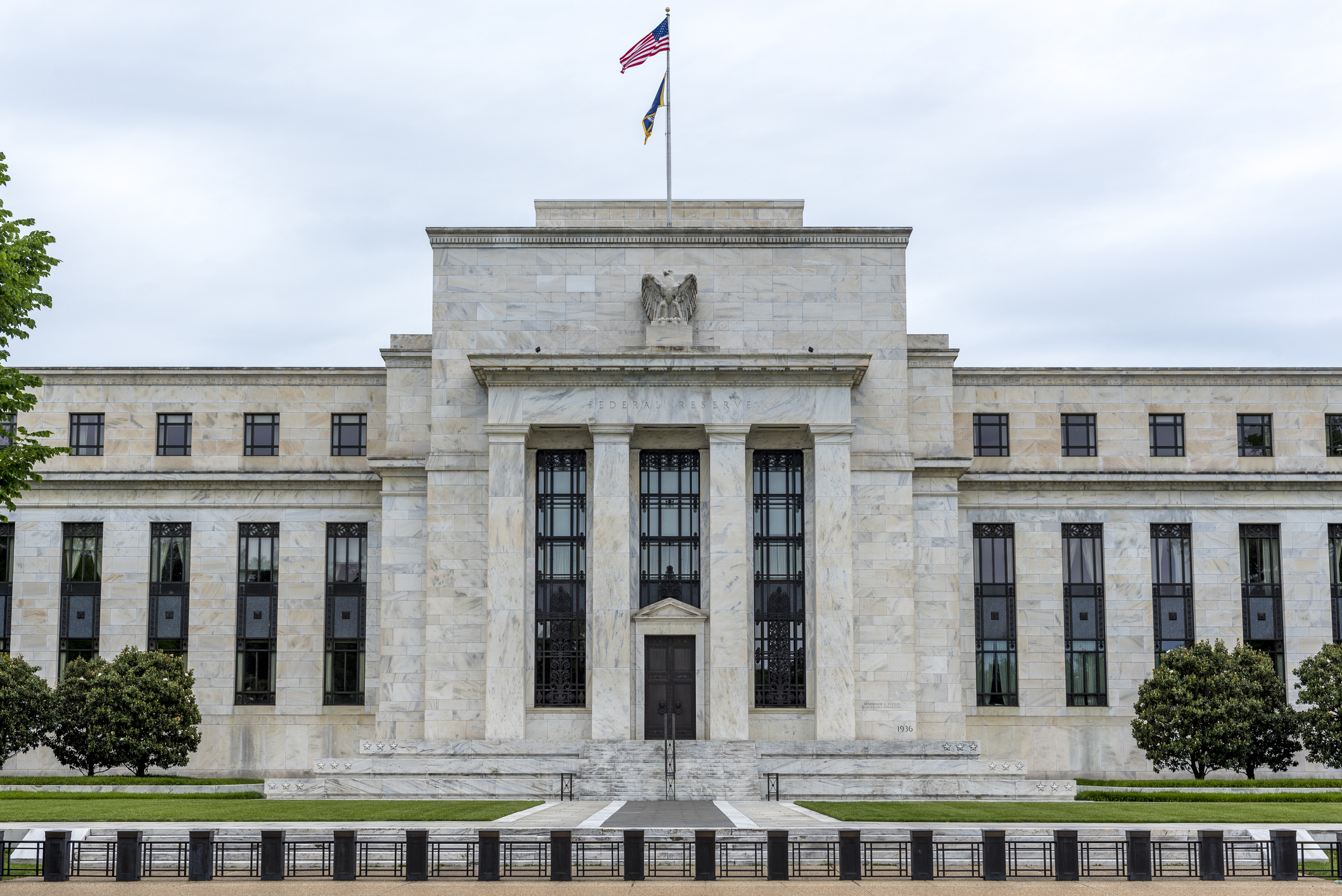 'Governments are launching an assault on the independence of central banks'
'Governments are launching an assault on the independence of central banks'Opinion Say goodbye to the era of central bank orthodoxy and hello to the new era of central bank dependency, says Jeremy McKeown
-
 Will Donald Trump sack Jerome Powell, the Federal Reserve chief?
Will Donald Trump sack Jerome Powell, the Federal Reserve chief?It seems clear that Trump would like to sack Jerome Powell if he could only find a constitutional cause. Why, and what would it mean for financial markets?
-
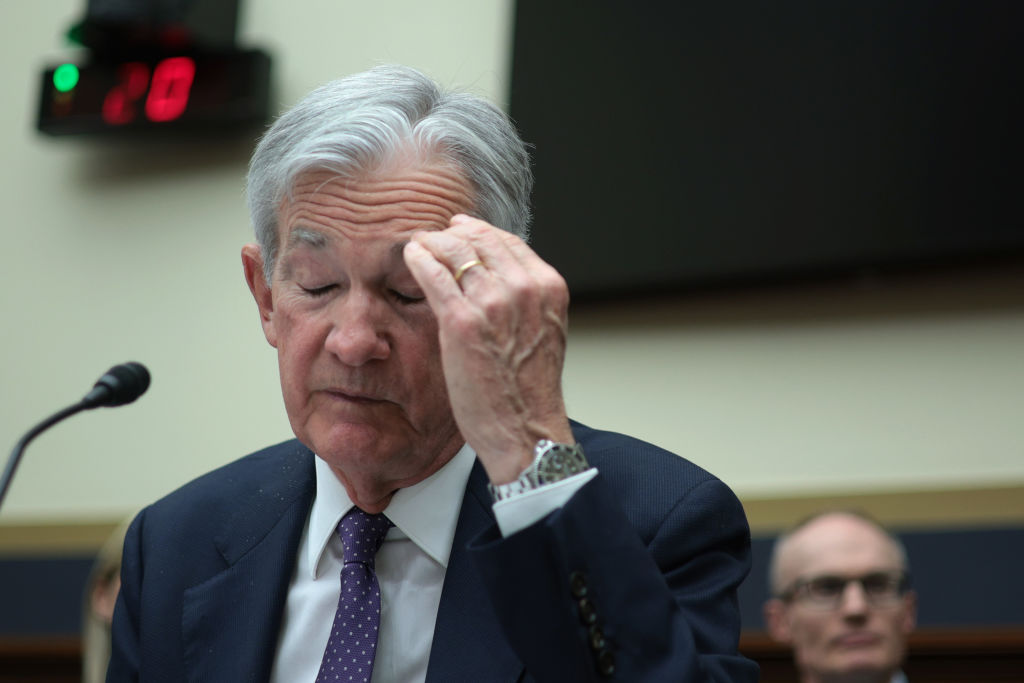 Can Donald Trump fire Jay Powell – and what do his threats mean for investors?
Can Donald Trump fire Jay Powell – and what do his threats mean for investors?Donald Trump has been vocal in his criticism of Jerome "Jay" Powell, chairman of the Federal Reserve. What do his threats to fire him mean for markets and investors?
-
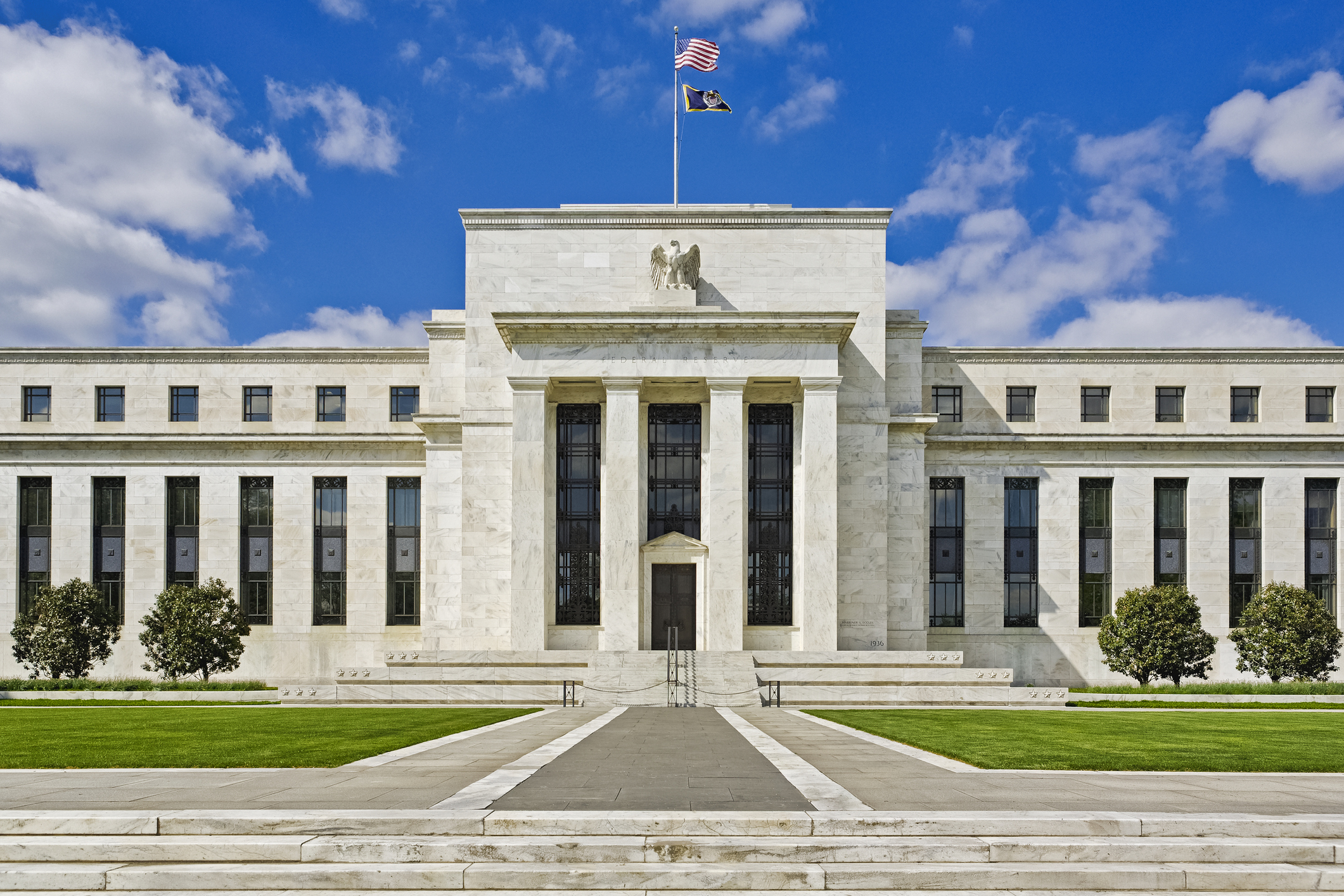 Do we need central banks, or is it time to privatise money?
Do we need central banks, or is it time to privatise money?Analysis Free banking is one alternative to central banks, but would switching to a radical new system be worth the risk?
-
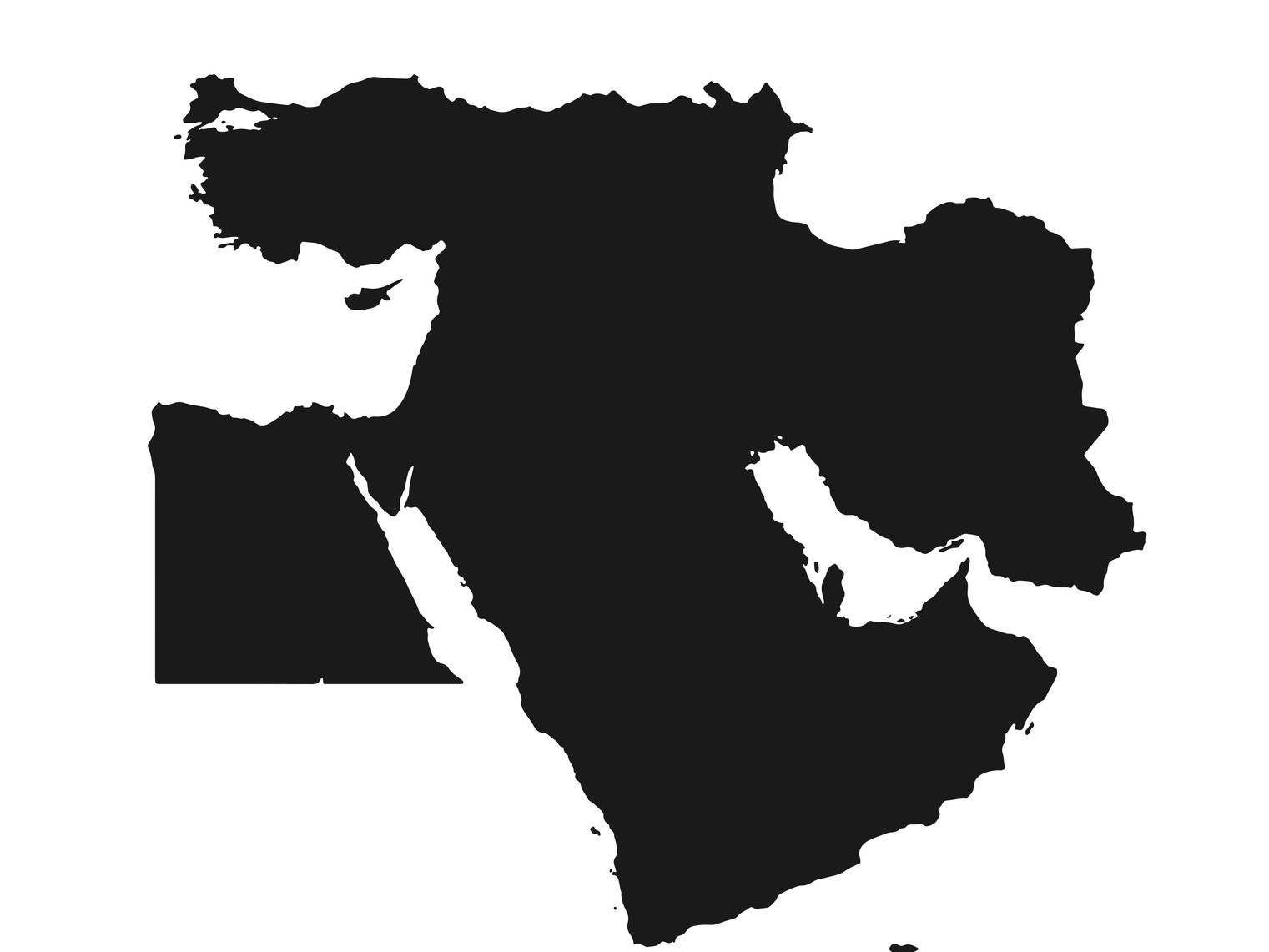 Will turmoil in the Middle East trigger inflation?
Will turmoil in the Middle East trigger inflation?The risk of an escalating Middle East crisis continues to rise. Markets appear to be dismissing the prospect. Here's how investors can protect themselves.
-
 Federal Reserve cuts US interest rates for the first time in more than four years
Federal Reserve cuts US interest rates for the first time in more than four yearsPolicymakers at the US central bank also suggested rates would be cut further before the year is out
-
 The Bank of England can’t afford to hike interest rates again
The Bank of England can’t afford to hike interest rates againWith inflation falling, the cost of borrowing rising and the economy heading into an election year, the Bank of England can’t afford to increase interest rates again.
-
 Interest rates held at 5.25% again
Interest rates held at 5.25% againThe Bank of England has kept rates at 5.25% again, in a widely anticipated move. We look at what it means for your money - and what the Bank’s next move could be
